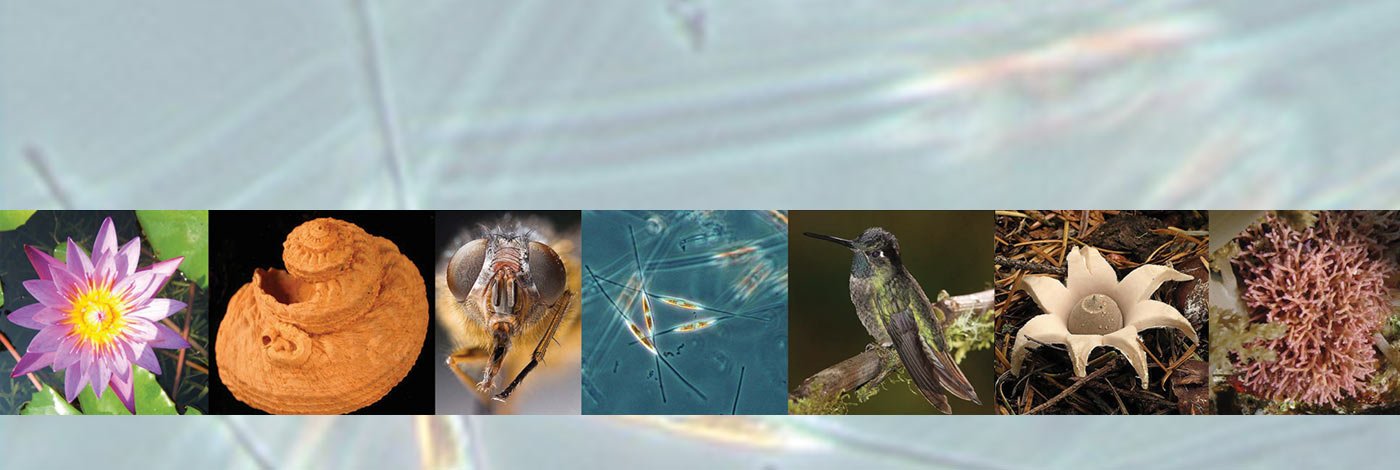

 European Journal of Taxonomy
717 (90) - Pages 90-107
European Journal of Taxonomy
717 (90) - Pages 90-107Nemaspela Šilhavý, 1966 (Opiliones: Nemastomatidae) is a genus of exclusively troglobiotic harvestmen species inhabiting caves in the Crimea, Caucasus and Balkan Peninsula. In this paper, Nemaspela borkoae sp. nov., recently found in four caves in Montenegro, is described. The new species is characterized by its small body, 1.5–2.1 mm long, and very long, thin appendages, with legs II about 15 times as long as the body. Although very similar, Nemaspela ladae Karaman, 2013 and N. borkoae sp. nov. can be easily distinguished by the terminally rounded vs conical glans, straight vs conspicuously ventrally bent pedipalp tarsus on its proximal portion and pedipalp tarsus measuring about ½ vs ⅔ tibia length. Nemaspela ladae and N. borkoae sp. nov. constitute the western Nemaspela group, both missing the male cheliceral apophysis present in all species of the eastern Nemaspela group from the Crimea and Caucasus, except in N. femorecurvata Martens, 2006. However, according to the glans morphology, N. borkoae sp. nov. seems much more closely related to several species from the Caucasus than to N. ladae from the Balkan Peninsula. We speculate that N. ladae and N. borkoae sp. nov. might originate from two epigean ancestral lineages.
Arachnids, Hadzinia, speleobiology, the Balkans, western Nemaspela group